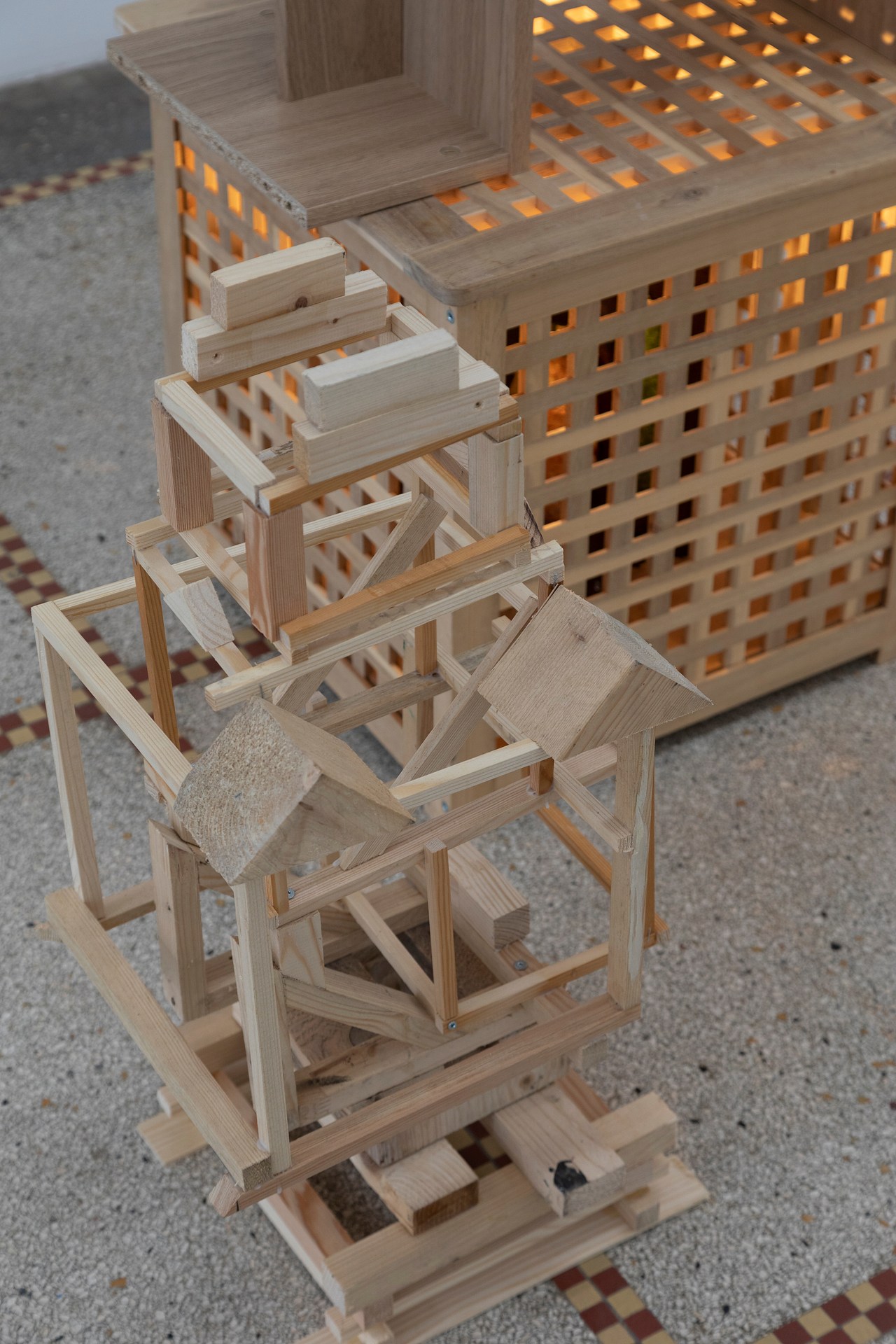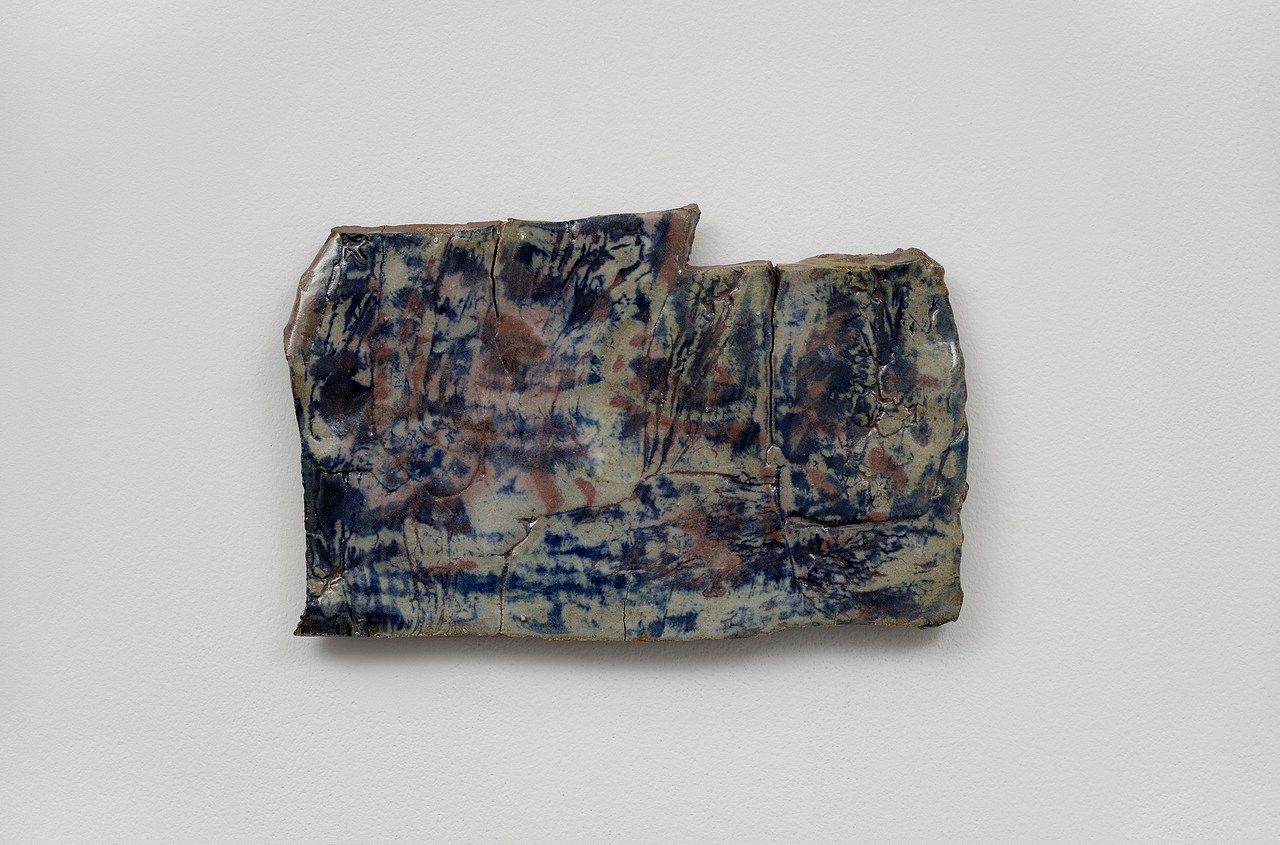UNESCO, the cultural arm of the United Nations, has granted “provisional enhanced protection” to two Ukrainian heritage sites, the Odessa Literary Museum and the National Historical and Memorial Reserve Babyn Yar, as the Russia’s war on Ukraine approaches its three-year anniversary.
One of the cultural properties, National Historical Memorial Reserve Babyn Yar in Kyviv, honors the more than 33,000 Jews, as well as Roma and Soviet prisoners, killed by the Nazis in a two-day massacre in 1941. In March of 2022, a Russian projectile hit close to the site, killing five people. A monument to Holocaust victims was not directly struck, but a nearby building the center planned to use for a new museum was damaged.
“Cultural property under the enhanced protection of UNESCO benefits from the highest level of immunity from attack and use for military purposes. Non-compliance with these clauses would constitute a ‘serious violation’ of the 1999 Second Protocol to the Hague Convention, opening the possibility of prosecution,” UNESCO said in a statement.
In February of this year, UNESCO reported that 341 cultural sites—including 26 religious structures, 150 buildings of historical or artistic importance, and 31 museums—across Ukraine have been damaged since the outbreak of war in February 2022. The following year, Audrey Azoulay, UNESCO’s director-general, promised more than $10 million to rehabilitation efforts.
“In times of war, international solidarity is crucial to protect threatened cultural heritage,” Azoulay said in a statement. “This decision will make it possible to further strengthen the safety of these two Ukrainian cultural sites, including a major site for Holocaust remembrance.”
Copyright
© Art News















